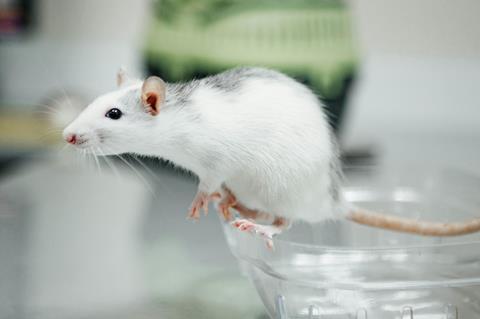Our gut is a bustling hub of activity, home to trillions of microbes that work together with our bodies to keep us healthy. A recent study explores one fascinating aspect of this partnership: how gut bacteria team up with the host body to regulate bile acids, essential molecules that control digestion, cholesterol levels, and fat metabolism.

“Bile acids are produced in the liver and help digest fats,” explained Frank Schroeder, professor at the Boyce Thompson Institute and a corresponding author of the study. “But it now has become clear that they’re more than just digestive aids; they act as signaling molecules, regulating cholesterol levels, fat metabolism, and more. They do all this by binding to a receptor called FXR, which acts like a traffic light, controlling cholesterol metabolism and bile acid production to avoid excess buildup.”
Here’s where the microbes come in: gut bacteria can modify bile acids to completely change their activity. Bacteria can turn bile acids into forms that strongly activate FXR, signaling the body to slow down bile production and modify other aspects of fat metabolism. Scientists have long wondered how the body counteracts this microbial chokehold on metabolism.
Clever trick
In a study just published in Nature, Schroeder and his team identified a clever trick the body uses to keep the microbial influence in check (the study used mice as a model). They found that in the intestines, the body further modifies the microbial bile acids into a new family of derivatives, called BA-MCYs, using an enzyme named VNN1. Unlike the forms made by gut bacteria, these BA-MCYs act as FXR antagonists—essentially flipping the “off switch” on FXR. This encourages bile production rather than limiting it.
READ MORE: Study uncovers new pathway controlling levels of body fat and cholesterol
READ MORE: Researchers team up to publish bile acid breakthrough
“This balancing act is crucial,” said Schroeder. “When gut bacteria produce lots of bile acids that strongly activate FXR, the body pushes back by making BA-MCYs, ensuring the bile acid system stays finely tuned. This interplay highlights how gut microbes interact with the host body in a dynamic, give-and-take relationship.” Importantly, BA-MCYs were also detected in human blood samples, indicating that the same mechanism also operates in people.
The findings have exciting implications for health and disease. The researchers discovered that boosting BA-MCY levels in mice helped reduce fat accumulation in the liver, suggesting a potential treatment for conditions like fatty liver disease or high cholesterol. Moreover, dietary interventions such as increasing fiber intake enhanced BA-MCY production, hinting at the role of diet in managing this system.
Dialogue between microbes and body
“Our study reveals there is a dialogue occurring between the gut microbes and the body that is vital for regulating bile acid production,” said co-corresponding author Dr. David Artis, director of the Jill Roberts Institute for Research in Inflammatory Bowel Disease and the Friedman Center for Nutrition and Inflammation and the Michael Kors Professor in Immunology at Weill Cornell Medicine.
While this discovery sheds light on a previously hidden layer of gut chemistry, questions remain. How do diet and lifestyle influence BA-MCY levels? Could these compounds help manage diseases like diabetes or metabolic syndrome? Future research could pave the way for personalized interventions that harness this host-microbe partnership to optimize health.
“Our paper is a roadmap to using untargeted metabolomics and chemistry to better understand how the dialogue between the gut microbiota and the body impacts a range of diseases,” Dr. Artis said.







No comments yet